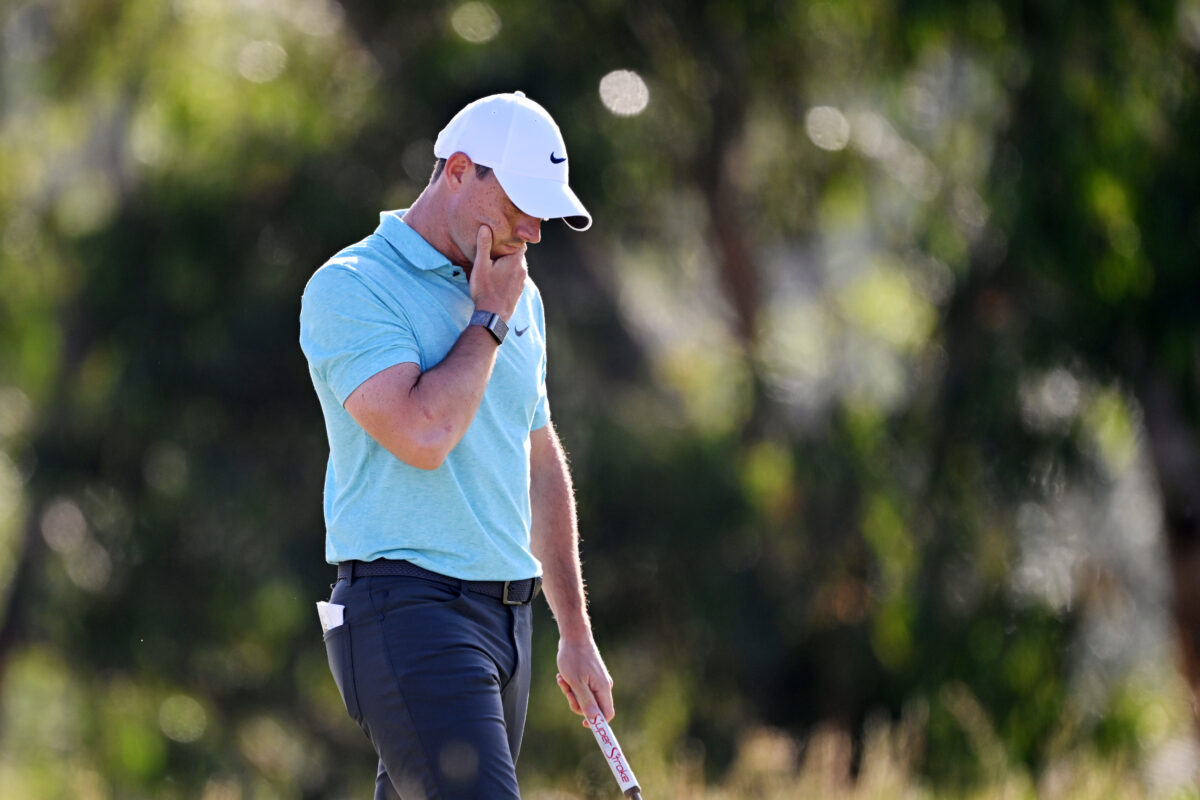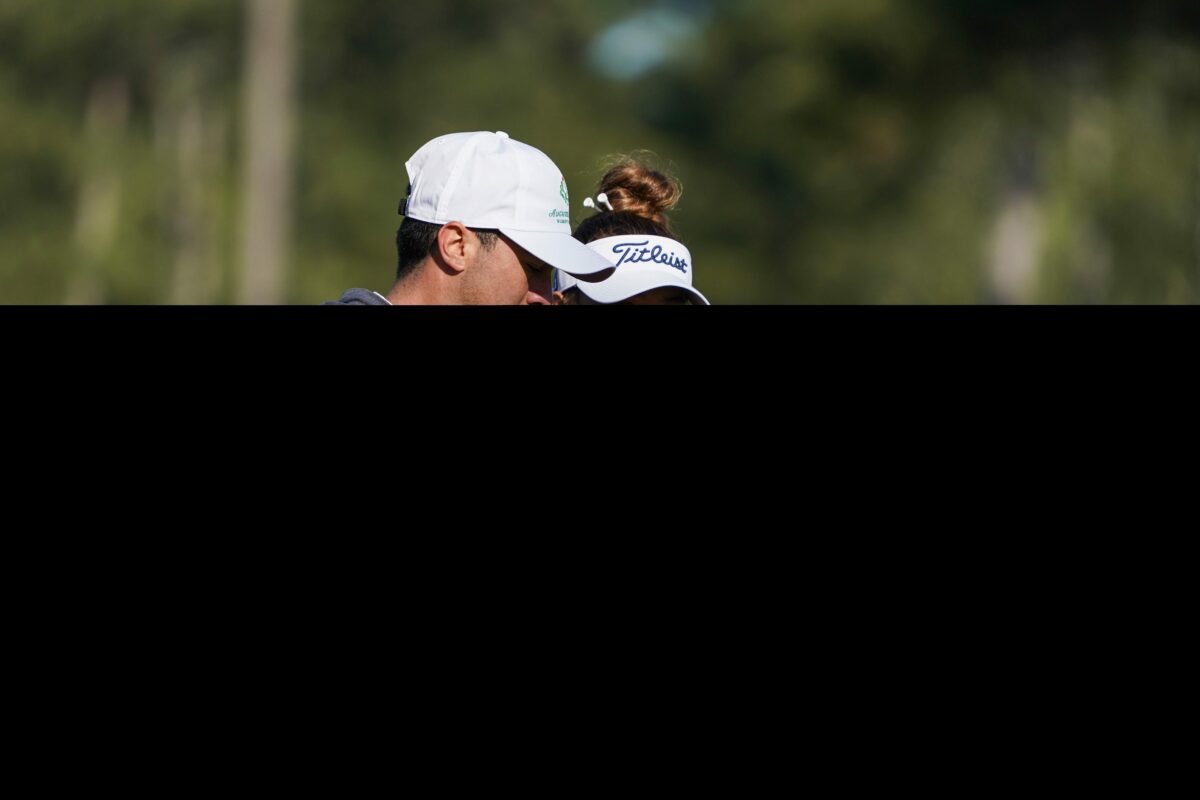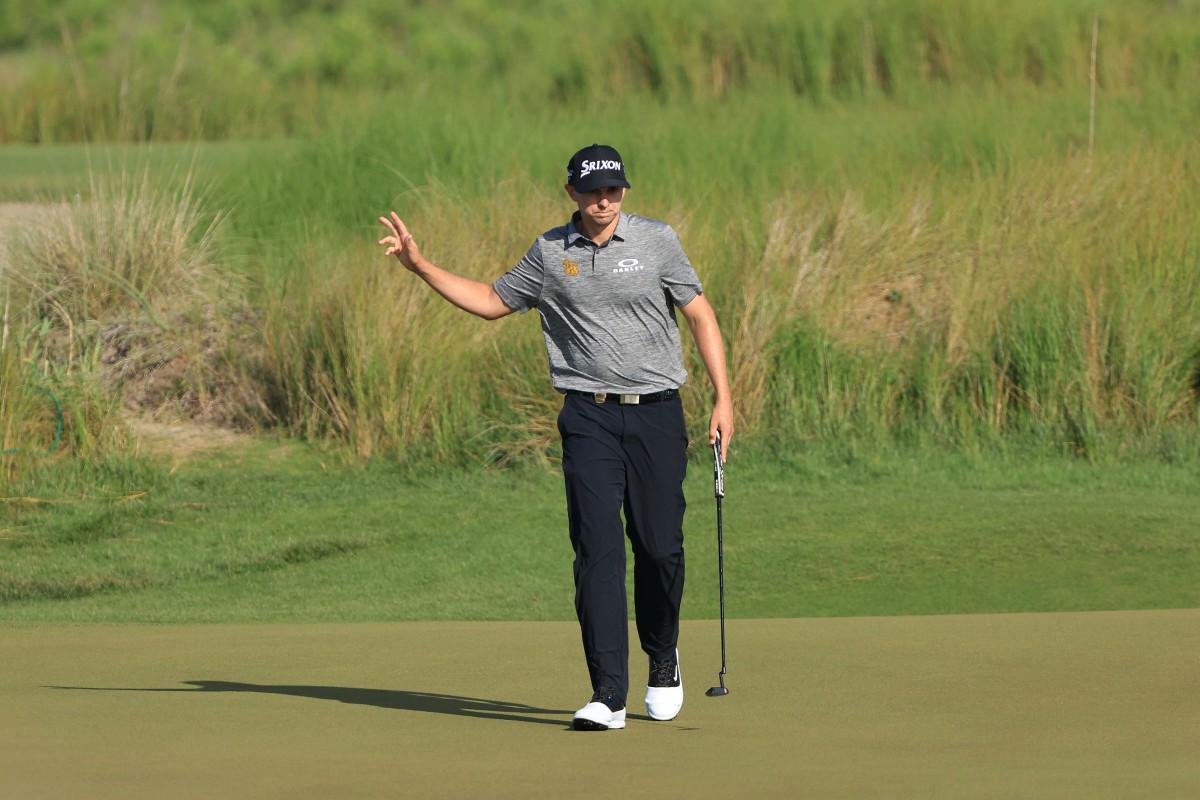It’s been just more than a week since Rory McIlroy lost the 2023 U.S. Open to Wyndham Clark by one shot after he made a crucial bogey on the par 5 14th hole, his lone blemish of the final round.
And if you can think back to Sunday at Los Angeles Country Club, you’ll remember McIlroy got a favorable ruling from an embedded lie that allowed him to drop in the bunker to only make bogey to remain in contention.
On Monday, an executive with the United States Golf Association told Sports Illustrated that McIlroy took an incorrect drop after consulting with a veteran rules official.
“The nearest point of relief was mis-identified; it should have been directly behind the ball,” said the USGA’s chief governance officer, Thomas Pagel. “If there’s no area immediately behind the ball, you go to nearest point in the general area. But if you look at where the ball was embedded, there was a grassy area below and that should have been the starting point.”

McIlroy’s third shot to the 14th green got caught in thick grass surrounding a greenside bunker, and after a short search his playing partner, Scottie Scheffler, found the ball. Rules official Courtney Myrhum, who has officiated more than 60 USGA championships, confirmed the ball was embedded and allowed McIlroy to take a free drop.
“His ball was 100 percent embedded,” Pagel said in agreement with the official. “And an embedded ball not in sand is entitled to relief. Now Rory did everything at the discretion of the referee. In her discretion, her judgment was that the reference point for relief was to the side of the ball. And from a ruling standpoint, that’s the end of the story.”
Pagel continued to defend Myrhum, noting how “she’s an extremely well-qualified referee and she did everything in her judgment where to operate the drop. However, after further review, it was determined that there was a spot in the general area immediately behind the ball that was the reference point for relief.”
Because there was space between the ball and the bunker, McIlroy was entitled to a one-club length drop, no closer to the hole, from the “the general area” of the embedded spot, meaning a drop from the bunker was incorrect.
“If you look at where the ball embedded, just below should have been the starting point (for taking one club length relief),” Pagel said. “But even if his club length had been measured from behind the ball, he still would have been dropping on the shelf from where he played from. As it was, he measured the club length from the top of the wall to the right. As he dropped the ball out of that area, he had to drop a second time.”
“When you start dealing with vertical faces, that’s where the question is,” Pagel added. “In this case, there was a lot going on. But there was a place behind the ball where he could have started to measure.”
“From where he started measuring from, he didn’t get a break. And he did all of this at the discretion of the referee. He wasn’t doing anything to gain an advantage and as he was told how to apply the rule on where to drop.”
[lawrence-auto-related count=4 category=1375]







